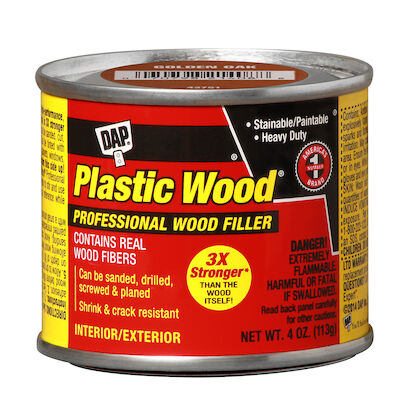

It Collects Stain, Which Highlights ImperfectionsĮven if you sand where you’ve applied wood filler, there will still be microscopic differences between the edges of the filler and your project. And, this isn’t the only reason texture is important. The filler can’t emulate this, so it may react differently to the stain. The stain collects in these imperfections, coloring the wood. In addition, stain is so effective because of the tiny holes and grooves that textures wood. So, if your project’s wood has a clear or pronounced grain, any filler you apply has a chance of looking out of place because it doesn’t have the same pattern.

Wood filler, being epoxy or lacquer, is smooth and doesn’t have grain. This all results in a mismatch with the rest of your project, but it’s far from being the only element at play. It might be a different hue, or it might be more or less saturated. Stained wood filler may be lighter or darker than stained wood. It’s made from a combination of epoxy or lacquer, sometimes with sawdust mixed in.Īnd because wood filler is a different material than your project, it’ll react to any stain you apply differently than the surrounding material. Wood filler, as you can probably guess, is not entirely wood. However, wood filler doesn’t take stain well, which is mainly due to the reasons explained below. With it, you can fill holes, gouges, and other imperfections or mistakes on your furniture, making your project’s surface smooth and uniform.


 0 kommentar(er)
0 kommentar(er)
